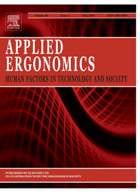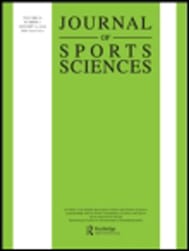 Real-Time Biomechanical Biofeedback Effects on Top-Level Rifle Shooters
Real-Time Biomechanical Biofeedback Effects on Top-Level Rifle Shooters
Mullineaux, D.R., Underwood, S.M., Shapiro, R. and Hall, J.W.
The aim was to examine the effects of training with real-time biomechanical biofeedback on technique and performance of rifle shooters. Top-level shooters were randomly assigned to biofeedback- (n = 5) and control- (n = 4) groups. Bi-weekly training of 20 shots air-rifle for 4 weeks, with pre- and post-tests of 20 shots air-rifle and smallbore, were performed. The biofeedback group received individualized real-time auditory biofeedback on postural- and barrel-stabilities. Results revealed a technique of reducing postural- and barrel-stabilities towards triggering (e.g. barrel speed 8.0 ± 1.2 mm/s at 3.0–1.0 s reducing to 5.4 ± 0.8 mm/s at 0.3–0.1 s). There were no changes pre- to post-tests and no differences between groups in these measures of stability. The biofeedback group showed meaningful improvements in performance measures, whereas the control group showed no improvement (e.g. smallbore shot group diameter change: biofeedback group −2.6 mm; control group 0.1 mm). Biomechanical biofeedback is proposed to have improved performance, possibly through training better decision making, but the actual cause requires further research.
 The Planarity of the Stickface Motion in the Field Hockey Hit
The Planarity of the Stickface Motion in the Field Hockey Hit
Willmott, A.P. and Dapena, J.
The field hockey hit is an important but poorly understood stroke. In this study, we investigated the planarity of the stickface motion during the downswing to better characterize the kinematics and to assess the suitability of planar pendulum models for simulating the hit. Thirteen experienced female field hockey players were filmed executing hits with a single approach step, and the kinematics of the centre of the stickface were measured. A method was developed for identifying how far back from impact the stickface motion was planar. Orthogonal regression was used to fit least-squares planes to the stickface path during sections of the downswing of varying length, with each section ending at impact. A section was considered planar if the root mean square residual between the stickface path and the fitted plane was less than 0.25% of the distance travelled by the stickface during that period. On average, the stickface motion was planar for the last 83 ± 12% of its downswing path, with the length of the planar section ranging from 1.85 m to 2.70 m. The suitability of a planar model for the stickface motion was supported, but further investigation of the stick and arm kinematics is warranted.



